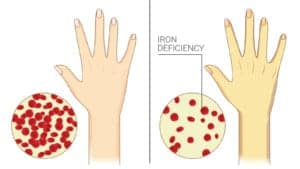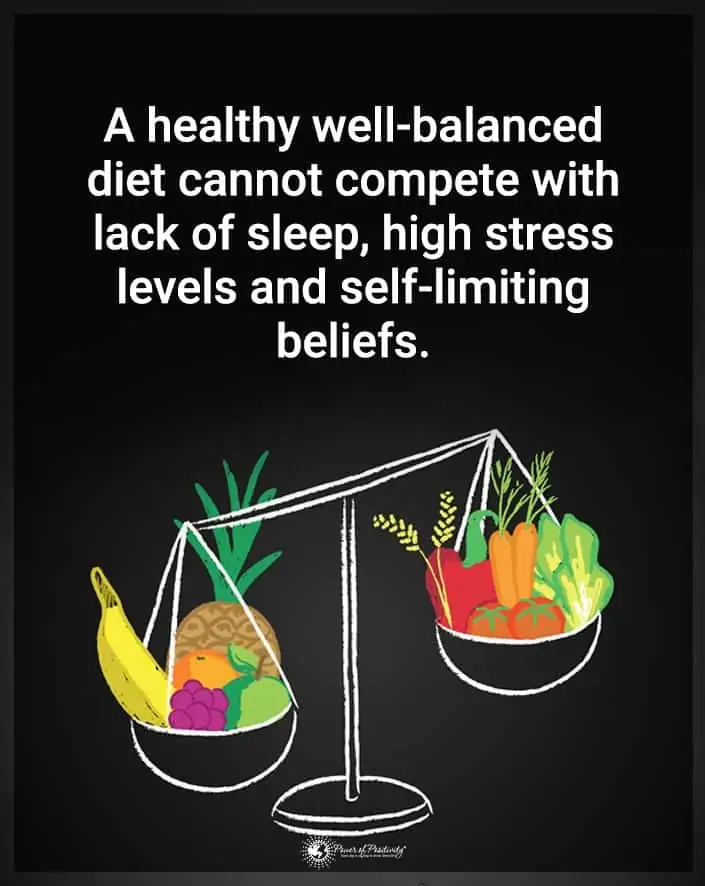Did you know that a staggering 2 billion people, or 30% of the world’s population, have anemia caused by an iron deficiency?
Iron plays a vital role in many bodily functions. Primarily, they carry oxygen in the blood to all cells in the body. Additionally, iron helps maintain healthy skin, hair, and nails. Iron makes up an important part of the protein hemoglobin, which carries oxygen from the lungs to other parts of the body.
Women, especially during childbearing, have the highest risk of iron deficiency because of blood loss during menstruation. The Centers for Disease Control and Prevention recommends 18mg of iron per day for 19-to-50-year old women and 8mg per day for men.
You can get iron from two different sources: plants and animals. Animal-based sources contain heme iron, and plant-based sources contain non-heme iron. While heme iron gets absorbed more easily by the blood, some studies have found a link between heme iron consumption and coronary heart disease.
Plant-based sources of iron include the following:
- Fortified cereals
- White beans
- Dark chocolate
- Lentils
- Spinach
- Tofu
- Chickpeas
Add a serving of one of these foods to your menu each day to keep from becoming deficient in this vital nutrient.
Here are 5 signs you may have an iron deficiency:
With so many people worldwide showing signs of iron deficiency, you should know what to look for to prevent any serious health problems from occurring.
1. You constantly feel tired.
Extreme exhaustion can signal many different ailments and conditions. So consider having your iron levels checked if you feel this way for prolonged periods of time. According to the National Heart, Lung, and Blood Institute, fatigue is the most common symptom associated with iron deficiency and occurs because the body can’t efficiently carry oxygen to your blood. If you don’t have enough oxygen in your blood, you will quickly become lethargic and weak.
In addition, the red blood cells in your body may contain less hemoglobin than normal, and this can cause fatigue as these cells will have trouble carrying oxygen from the lungs to the rest of the body.
2. You notice significant hair loss.
Another telltale sign of iron deficiency is hair loss; while losing around 100 strands per day is normal, a significant amount of hair loss can point to a serious underlying problem. According to Marilyn Murr, MD, clinical assistant professor of family and community medicine at the School of Medicine at the University of Texas Health Science Center at Houston, “When hair follicles don’t get enough oxygen, they go into a resting stage, and hair falls out and doesn’t grow back until anemia is improved.”
If you notice excessive hair loss, make sure to up your intake of iron-rich foods, or consider taking iron supplements.
3. You frequently become ill.
When our bodies have any nutritional deficiency, our immune systems naturally become weaker, because they don’t have what they need to fight off infections efficiently. Dr. Murr said that red blood cells assist in carrying oxygen to the spleen, a key location where the body fights off infections. Not having enough iron in the blood can severely inhibit the body from warding off infections. Also, red blood cells carrying oxygen to the lymph nodes contain powerful infection-fighting white blood cells.
If you have an iron deficiency, your body won’t produce enough white blood cells. This nutritional lack might make you more prone to infections.
4. You have pale skin.
Though many people have pale skin and no illnesses or deficiencies, a lack of color in the skin could point to an iron deficiency. Hemoglobin in the blood contributes to the skin’s rosy color. So having low levels could make the skin appear ghost-like. Dr. Murr says this:
“When red blood cells become low with iron, they become smaller and paler in the center so skin also becomes paler.”
In particular, keep an eye on the inside of the bottom eyelid. You can pull it down at home to examine this area of your eye. If it looks red, you probably don’t have an iron deficiency. You might want to schedule a doctor’s visit for further testing if it’s white or pale.
5. Your tongue is swollen.
When the body doesn’t have enough oxygen, the muscles can become swollen and sore. You might also notice cracks along the side of your mouth if you have this deficiency.
Remember, if you think you have an iron deficiency, you’ll want to see a doctor first and foremost. He or she can help you figure out which nutrient-dense foods to include more of in your diet, or suggest some iron supplements to help you restore your body’s natural levels.















 Community
Community

